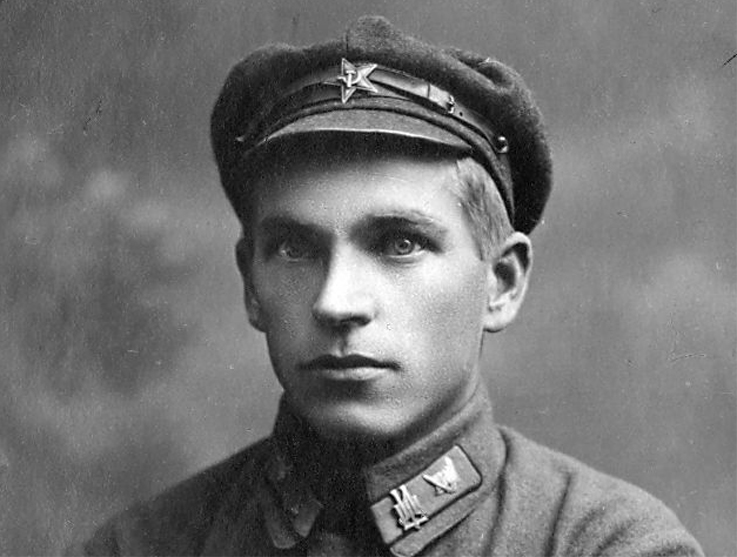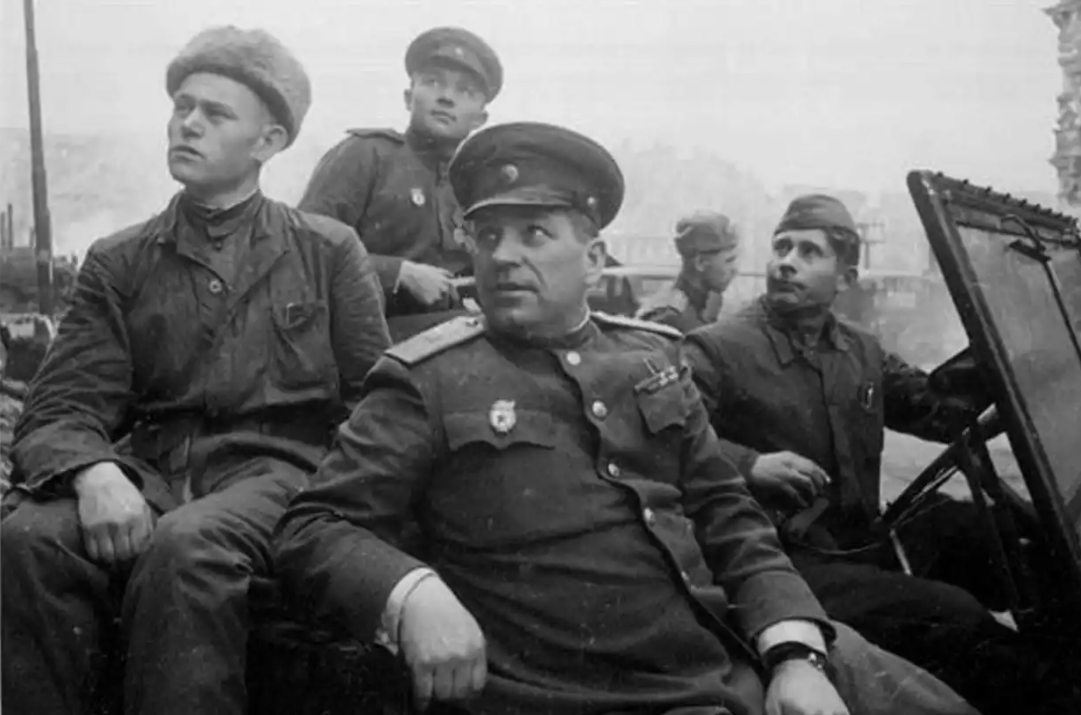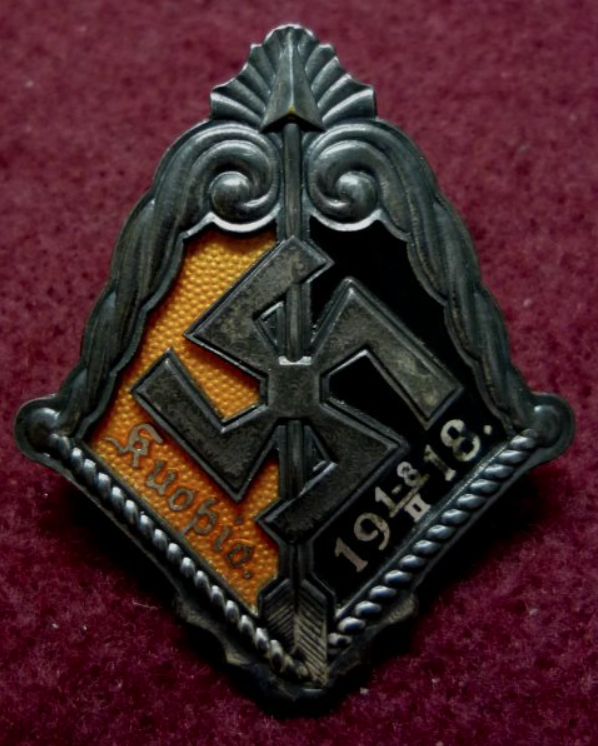
While nowadays the Winter War is seen having started after a Soviet false flag incident (The shelling of Mainila), in 1939, the Soviet Union wanted to portray its invasion as assistance to the “legitimate” Finnish Government of O.W. Kuusinen. 2/15 



The strategy of forming revolutionary committees that would then ask for help from the Red Army was already a tried propaganda tactic that was used during the Russian Civil War. When the Winter War broke out, the new Finnish government had already been selected. 3/15 

The formation of the government was officially announced in the liberated “city” (in reality a small town) of Terijoki. The ministers had been picked from leftover exiled Finnish communists that had survived Stalin's purges and who got their orders directly from Moscow. 4/15 



Because the Finns had evacuated nearly all inhabitants of the occupied territories, the government didn’t really administer any people. It had no legitimacy or support among the Finnish public, but didn’t need it because its propaganda was aimed mainly to foreign audiences. 5/15 



Comintern supported the Soviet War effort with many socialist newspapers in the west writing in favor of Terijoki govt. Even some mainstream newspapers briefly thought the govt. was legitimate when its formation coincided with the resignation of the real Cajander government. 6/15 

The most important announced policies of the Terijoki govt. were the signing of a Finno-Soviet friendship treaty that would join Finland and Karelia and socialist reforms in Finland. The government also declared the creation of a new armed forces, the Finnish People's Army. 7/15 





The FPA had been formed already before the invasion. It had 22 000 men, 13-18 000 of which were Finnic peoples from the USSR, while the rest were Slavs who looked sufficiently Finnish. More than 30% of the officers were Russians working under fake names. 8/15 





In the 1930s, Finnish Red Army units had been disbanded and their officers had been purged. On the outset of the war, the soviets had to look for any surviving Finnish officers. It was hoped that more Finns would defect to the People’s Army during the war. 9/ 





However, of the thousand POWs captured by the Soviets, only dozens volunteered to the FPA. Soviet propaganda was poor and often had the opposite effect on the Finns. As an example, the Kuusinen government promised to implement an 8-hour work day, something Finland had since 1917. 



The Defense minister of Terijoki govt. and the commander of the FPA was Akseli Anttila who had avoided the purges by serving in the Spanish Civil War. He would later become a major general in the Red Army and serve in the Great Patriotic War. 11/15 





The FPA wore its own uniforms with fur hats and greatcoats from captured Polish army stocks. It spent most of the war in rear guard duty and training for the coming victory parade in Helsinki. However, its men did see some real combat towards the end of the war: 12/15 



Former NKVD agent, major Toivo Vähä led a ski battalion that operated in Uhtua and made attacks behind Finnish lines. Colonel Kalle Ahonen led a regiment that defended against Finnish counter-attacks for four days North-East of Ladoga. 13/15 





When the Red Army attacked Viipuri during the last days of the war, the FPA got to defend its flanks. After the Moscow peace treaty, the Army and the Terijoki government were disbanded and the whole mishap was memory-holed in Soviet historiography. 14 



After WW2, the Finnish politicians of the Terijoki government admitted it had been a failure but claimed that it was an attempt to bring about democracy in Finland and that their pact with the USSR was nothing more than the YYA-treaty that was signed in 1948. 15/15
Sources for this thread were “Terijoen hallitus 1939-1940" by Osmo Jussila and “Terijoen hallitus” by Nikolai & Vladimir Baryshnikov. The former relied on Finnish sources while the latter provided an unctuous Russian interpretation.
• • •
Missing some Tweet in this thread? You can try to
force a refresh






























